HON HAI PRECISION IND U58H002 Cisco Wireless IP Phone 7920 User Manual 7920RCSI
HON HAI Precision Ind. Co., Ltd. Cisco Wireless IP Phone 7920 7920RCSI
Contents
- 1. Preliminary Manual
- 2. Manual
Manual
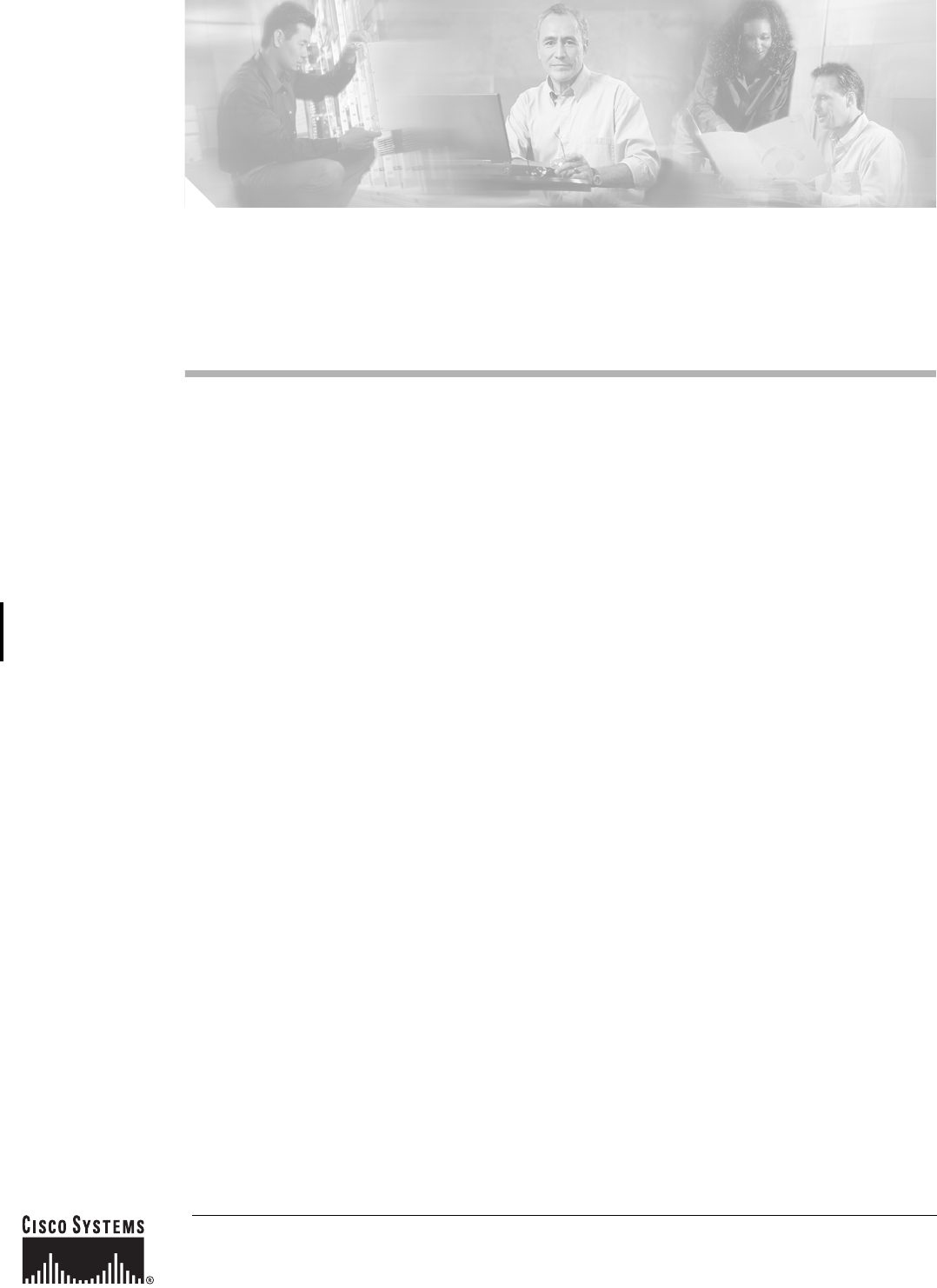
DRAFT - CISCO CONFIDENTIAL
Corporate Headquarters:
Copyright © 2003 Cisco Systems, Inc. All rights reserved.
Cisco Systems, Inc., 170 West Tasman Drive, San Jose, CA 95134-1706 USA
Regulatory Compliance and Safety Information
for the Cisco 7920 Wireless IP Phone
Safety Information
Follow the guidelines in this section to ensure proper operation and safe use of the client adapter.
FCC Safety Compliance Statement
The Federal Communications Commission (FCC), with its action in ET Docket 93-62, has adopted a
safety standard for human exposure to Radio Frequency (RF) electromagnetic energy emitted by
FCC-certified equipment. The Cisco 7920 Wireless IP Phone meets the uncontrolled environmental
limits as stated in OET-65C (01-01) when operated in accordance with the operation guidelines
described in this manual. Proper operation of this radio device according to the instructions in this
publication will result in user exposure substantially below the FCC recommended limits.
Safety Guidelines
•Do not touch or move the antenna while the unit is transmitting or receiving.
•Do not hold any component containing a radio such that the antenna is very close to or touching any
exposed parts of the body, especially the face or eyes, while transmitting.
•Do not operate the radio or attempt to transmit data unless the antenna is connected; otherwise, the
radio may be damaged.
•Use in specific environments:
–
The use of wireless devices in hazardous locations is limited to the constraints posed by the
safety directors of such environments.
–
The use of wireless devices on airplanes is governed by the Federal Aviation Administration
(FAA).
–
The use of wireless devices in hospitals is restricted to the limits set forth by each hospital.
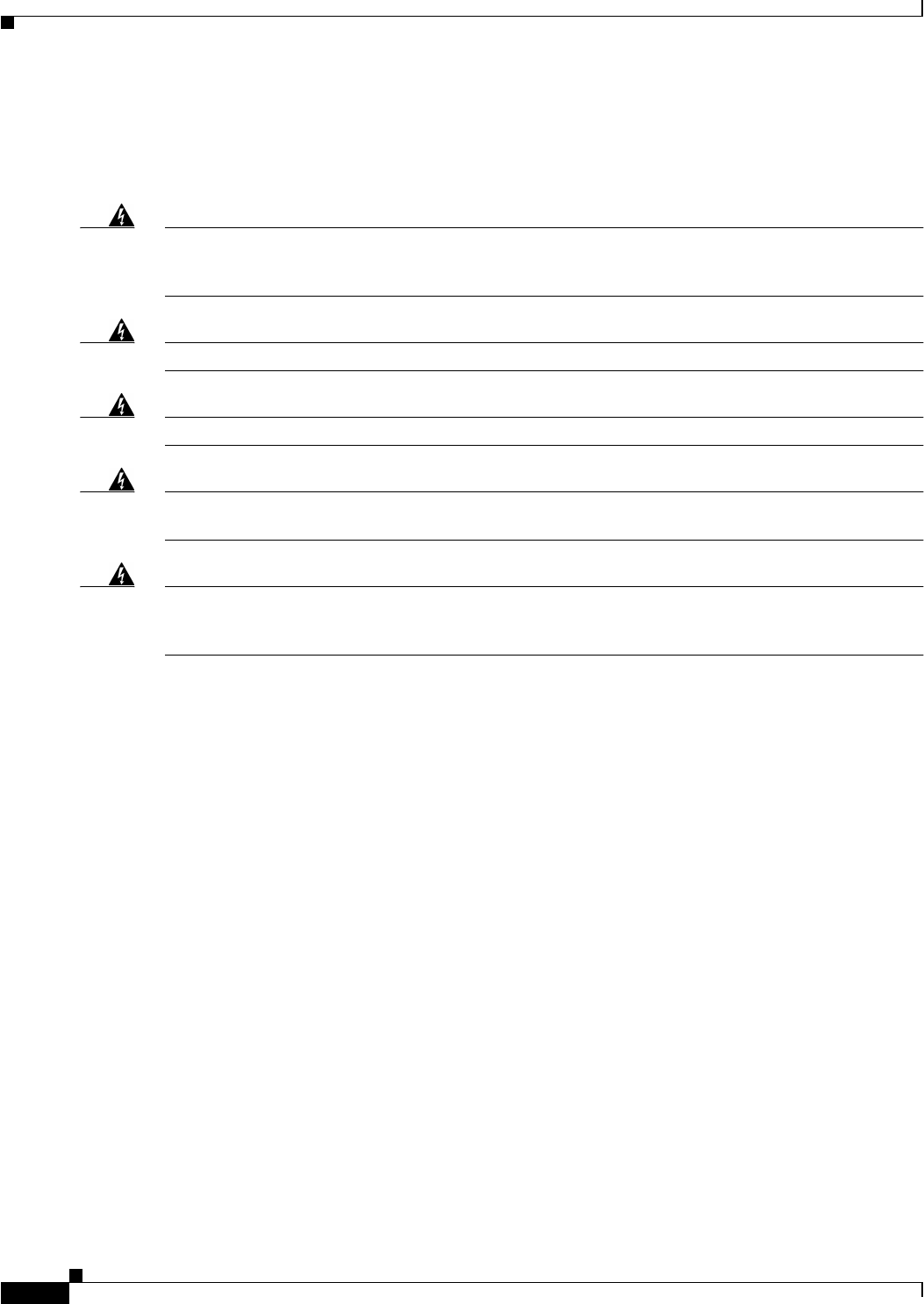
DRAFT - CISCO CONFIDENTIAL
2
Regulatory Compliance and Safety Information for the Cisco 7920 Wireless IP Phone
78-15421-01
Safety Information
Safety Notices
These safety notices apply to the Cisco 7920 Wireless IP Phone. Please read the following sections
before installing or using your Cisco 7920 Wireless IP Phone.
Warning
This warning symbol means danger. You are in a situation that could cause bodily injury. Before you
work on any equipment, be aware of the hazards involved with electrical circuitry and be familiar
with standard practices for preventing accidents.
Warning
Read the installation instructions before you connect the product to its power source.
Warning
Ultimate disposal of this product should be handled according to all national laws and regulations.
Warning
Do not work on the system or connect or disconnect cables or chargers during periods of lightning
activity.
Warning
This equipment is not designed for making emergency telephony calls when the power fails.
Alternative arrangements should be made for access to emergency services. Access to emergency
services can be affected by any call-barring function of this equipment.
Battery Safety Notices
These battery safety notices apply to the batteries that are approved by the Cisco 7920 Wireless IP Phone
manufacturer.
•The battery pack is intended for use only with this device.
•Do not disassemble the pack.
•Do not dispose of the battery pack in fire or water.
•To avoid risk of fire, burns, or damage to your battery pack, do not allow a metal object to touch the
battery contacts.
•Handle a damaged or leaking battery with extreme care. If you come in contact with the electrolyte,
wash the exposed area with soap and water. If the electrolyte has come in contact the eye, flush the
eye with water for 15 minutes and seek medical attention.
•Do not charge the battery pack if the ambient temperature exceeds 104 degrees Fahrenheit (40
degrees Celsius).
•To obtain a replacement battery, contact your local dealer.
•Do not expose the battery pack to high storage temperatures (above 140 degrees Fahrenheit, 60
degrees Celsius).
•When discarding a battery pack, contact your local waste disposal provider regarding local
restrictions on the disposal or recycling of batteries.
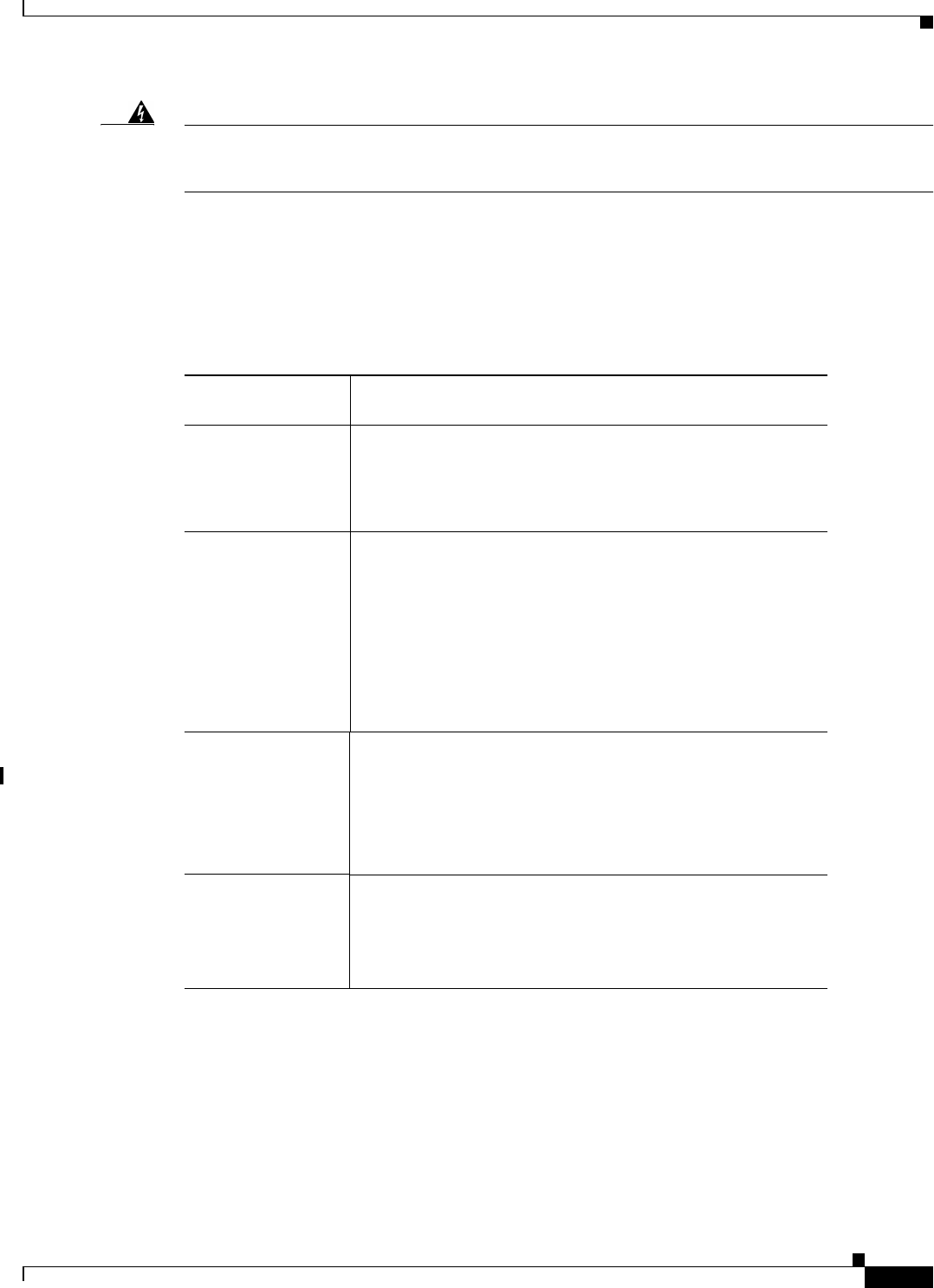
DRAFT - CISCO CONFIDENTIAL
3
Regulatory Compliance and Safety Information for the Cisco 7920 Wireless IP Phone
78-15421-01
Regulatory Compliance
Warning
There is the danger of explosion if the battery is replaced incorrectly. Replace the battery only with
the same or equivalent type recommended by the manufacturer. Dispose of used batteries according
to the manufacturer's instructions.
Regulatory Compliance
The Cisco 7920 Wireless IP Phone meets the regulatory compliance and safety standards listed in
Table 1
SAR Statement
The Cisco 7920 Wireless IP Phone handset has been tested for body-worn Specific Absorption Rate
(SAR) compliance using the specific belt-clip/holster configuration provided with the handset. The FCC
has established the detailed body-worn SAR requirements and has established that these requirements
have been met with the specific belt-clip/holster provided with the handset. Other belt-clip/holsters or
similar accessories that have not been tested may not comply and therefore should be avoided.
Table 1 Regulatory Compliance and Safety Standards
Regulatory
Compliance Standard
Safety •UL 60950 3rd
•CSA 22.2 No.950-95
•EN 60950 Second Ed., including Amendments 1-4 with all
national deviations
EMC/EMI •EN55022-Class B
•FCC Part 15.107 & 15.109 Class B
•ICES-003 Class B
•AS/NZS 3548 Class B
•EN55024
•VCCI Class B
•EN 301489-1/17
Radio
USA •FCC Part 15.247
Canada •RSS-210 Rev 5
Japan •TELEC T66 & 33
EU •EN 300.328
RF Exposure •OET-65C (01-01)
•ANSI C95.1 (91)
•RSS-102
•AS/NZS 2772
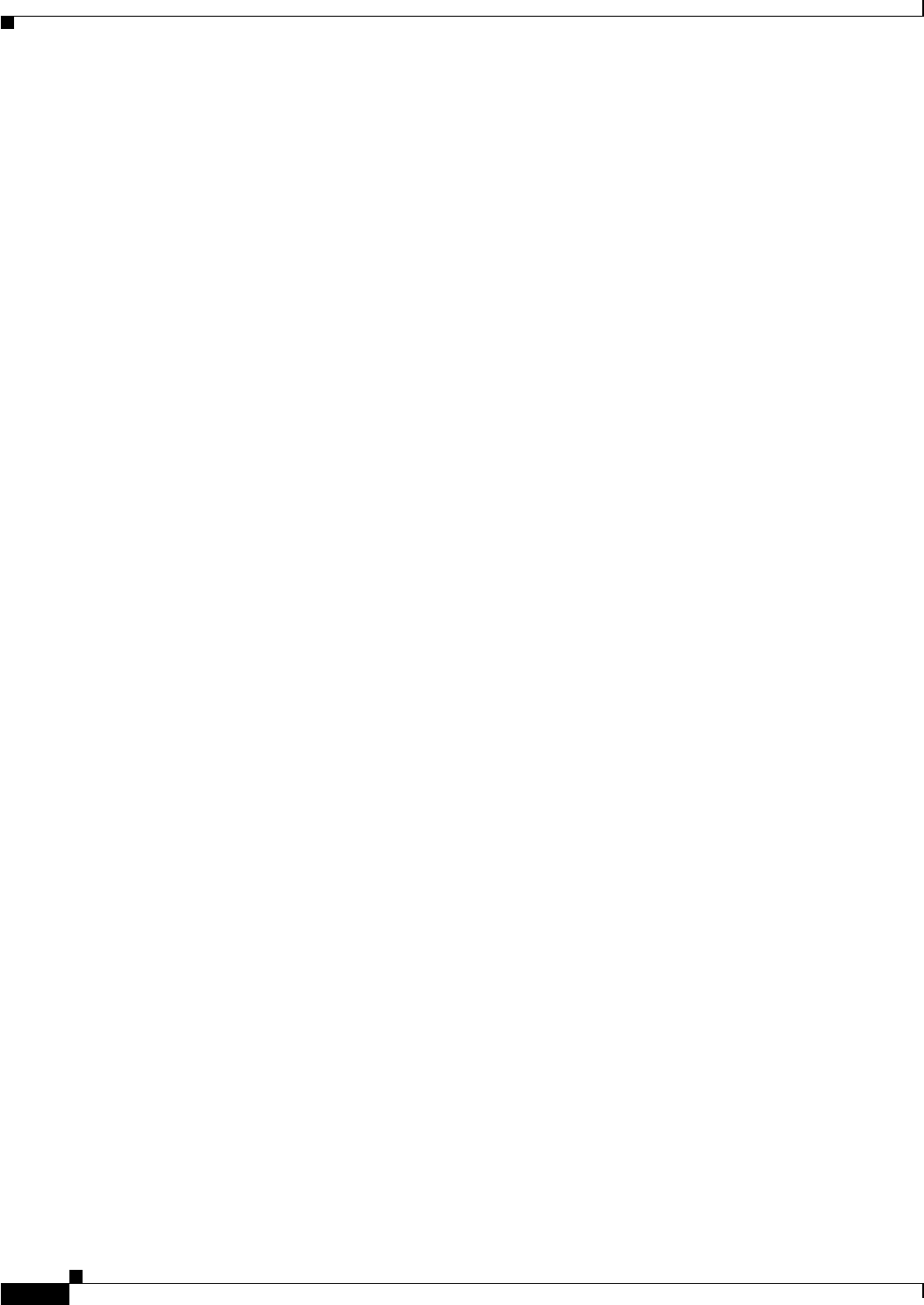
DRAFT - CISCO CONFIDENTIAL
4
Regulatory Compliance and Safety Information for the Cisco 7920 Wireless IP Phone
78-15421-01
Regulatory Compliance
RF Exposure Information
The radio module has been evaluated under FCC Bulletin OET 65C (01-01) and found to be compliant
to the requirements as set forth in CFR 47 Sections 2.1091, 2.1093, and 15.247 (b) (4) addressing RF
Exposure from radio frequency devices. This model meets the applicable government requirements for
exposure to radio frequency waves.
This wireless phone contains a radio transceiver. The radio transceiver and antenna have been designed
to meet the RF emission requirements for human exposure as specified by the FCC as well as by other
agencies from other countries. These guidelines were developed by the industry based on guidance from
the World Health Organization (WHO). These industry standards have been developed to include
additional safety margins to ensure that the user is exposed to the least amount of RF radiation.
The radio transceiver uses a non ionization type of radiation as opposed to a ionized radiation such as an
X-Ray wave.
The exposure standard for these devices references a unit of measure known as SAR. The limit as set by
the FCC is 1.6W/kg. The tests for this emission level is done in an independent laboratory who employs
test methods and operating positions reviewed by the FCC and other agencies.
Before the phone was placed on the market, the product was tested and certified in accordance with the
FCC regulations to verify that the product did not exceed the FCC SAR requirements.
The highest SAR level measured for this phone was 0.835 W/kg.
Additional information on SAR and RF Exposure can be obtained off the FCC website at:
www.fcc.gov/oet/rfsafety
There is no conclusive proof that these mobile phones are or are not a health risk. The FDA and numerous
researchers are continuing studies of RF radiation and health issues. Additional information on this
subject can be obtained from the FDA web site at: www.fda.gov.
A recent Swedish study concluded that there is no link between the RF energy emitted from mobile
phones and cancer. For more information, refer to the article written by John Boice and Joseph
McLaughlin entitled “Epidemiological Studies of Cellular Telephones and Cancer Risk.”
The Cisco 7920 Wireless IP Phone operates at power levels that are 5 to 6 times lower than most standard
cellular, Personal Communications Service (PCS), or Global System for Mobile Communication (GSM)
phones. This lower power coupled with a lower transmitter duty cycle reduces the user’s exposure to the
RF fields.
There are several suggested methods to reduce exposure for the user. Among those include:
1. Using a hands-free handset to increase the distance between the antenna and the head of the user.
2. Orienting the antenna away from the user.
Additional information can be obtained from the following documentation:
•Cisco Systems Spread Sprectrum Radios and RF Safety white paper at the following location:
•http://www.cisco.com/warp/public/cc/pd/witc/ao340ap/prodlit/rfhr_wi.htm
•FCC Bulletin 56: Questions and Answers about Biological Effects and Potential Hazards of Radio
Frequency Electromagnetic Fields
•FCC Bulletin 65: Evaluating Compliance with the FCC guidelines for Human Exposure to
Radiofrequency Electromagnetic Fields
•FCC Bulletin 65C (01-01): Evaluating Compliance with the FCC guidelines for Human Exposure
to Radiofrequency Electromagnetic Fields: Additional Information for Evaluating Compliance for
Mobile and Portable Devices with FCC limits for Human Exposure to Radiofrequency Emission
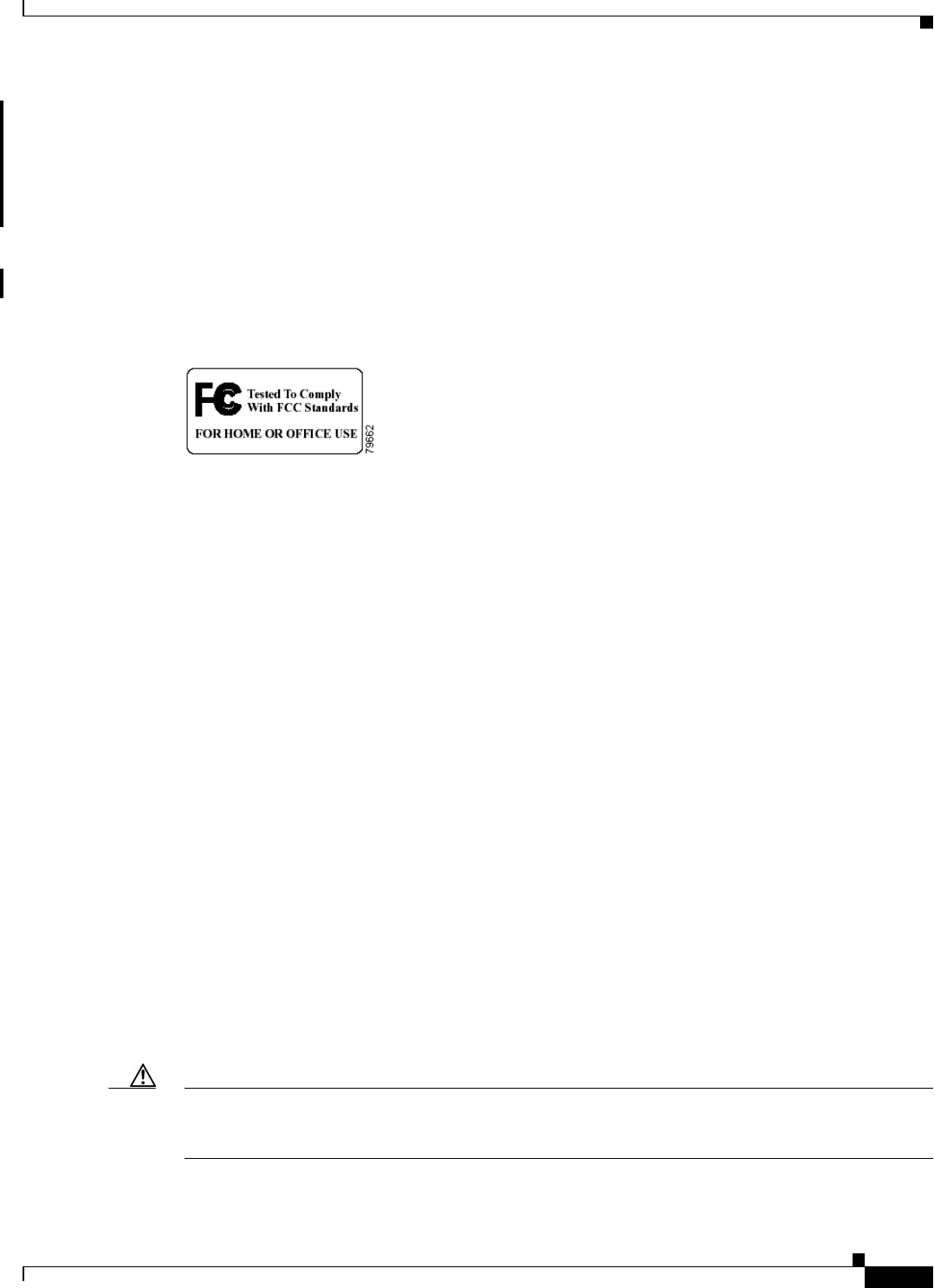
DRAFT - CISCO CONFIDENTIAL
5
Regulatory Compliance and Safety Information for the Cisco 7920 Wireless IP Phone
78-15421-01
Regulatory Compliance
Additional information can also be obtained from the following organizations:
•World Health Organization Internal Commission on Non-Ionizing Radiation Protection at
www.who.int/emf
•United Kingdom, National Radiological Protection Board at www.nrpb.org.uk
•Cellular Telecommunications Association at www.wow-com.com
Manufacturer’s Federal Communications Commission Declaration of
Conformity Statement
Models: Cisco 7920 Wireless IP Phone
FCC Certification Number: LDK102043
Manufacturer: Cisco Systems, Inc.
170 West Tasman Drive
San Jose, CA 95134-1706
USA
This device complies with Part 15 rules. Operation is subject to the following two conditions:
1. This device may not cause harmful interference, and
2. This device must accept any interference received, including interference that may cause undesired
operation.
This equipment has been tested and found to comply with the limits of a Class B digital device, pursuant
to Part 15 of the FCC Rules. These limits are designed to provide reasonable protection against harmful
interference when the equipment is operated in a residential environment. This equipment generates,
uses, and radiates radio frequency energy, and if not installed and used in accordance with the
instructions, may cause harmful interference. However, there is no guarantee that interference will not
occur. If this equipment does cause interference to radio or television reception, which can be determined
by turning the equipment off and on, the user is encouraged to correct the interference by one of the
following measures:
•Reorient or relocate the receiving antenna.
•Increase separation between the equipment and receiver.
•Connect the equipment to an outlet on a circuit different from which the receiver is connected.
•Consult the dealer or an experienced radio/TV technician.
Caution The Part 15 radio device operates on a non-interference basis with other devices operating at this
frequency. Any changes or modification to said product not expressly approved by Cisco, including the
use of non-Cisco antennas, could void the user’s authority to operate this device.
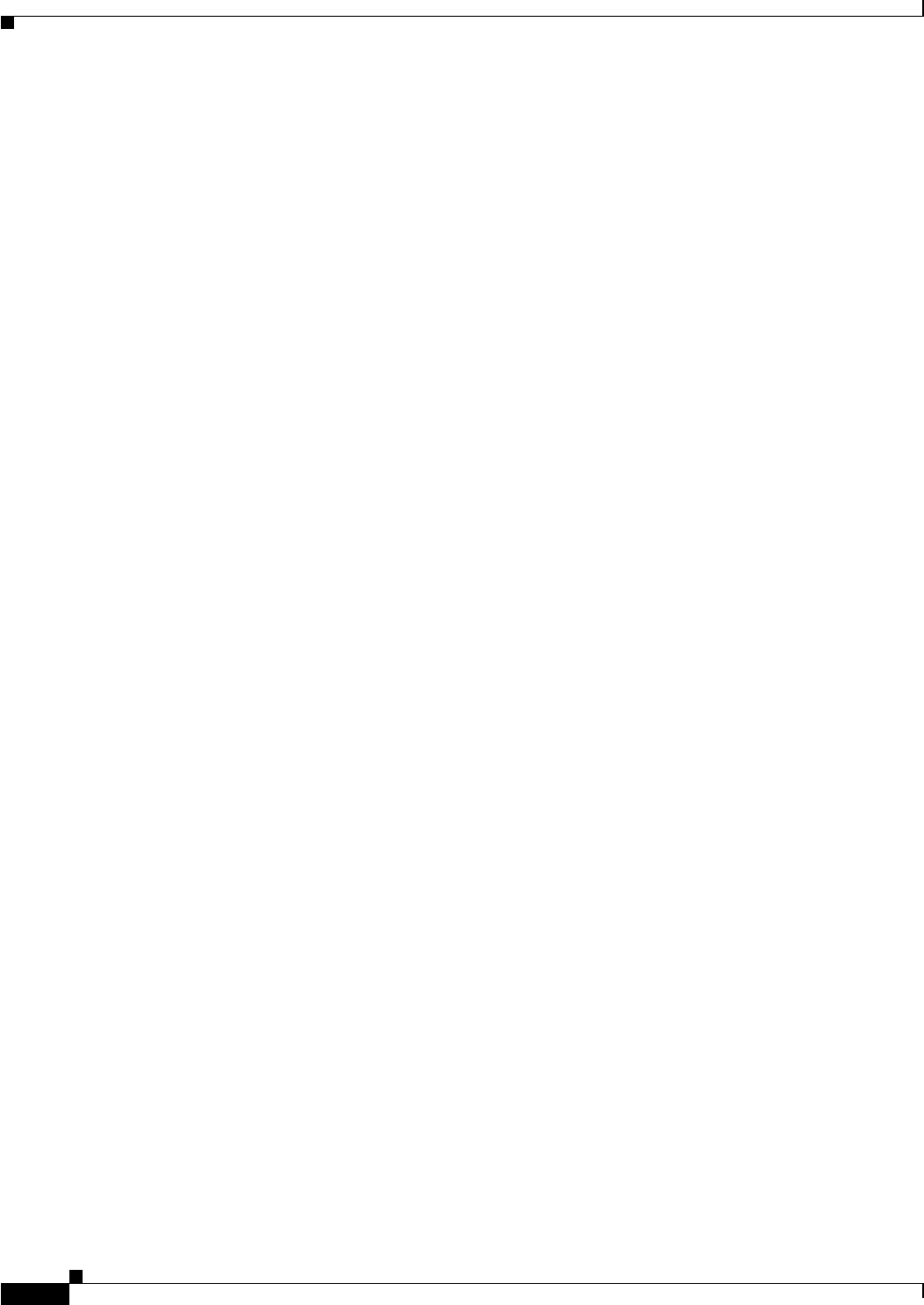
DRAFT - CISCO CONFIDENTIAL
6
Regulatory Compliance and Safety Information for the Cisco 7920 Wireless IP Phone
78-15421-01
Regulatory Compliance
Department of Communications – Canada
Canadian Compliance Statement
This Class B Digital apparatus meets all the requirements of the Canadian Interference-Causing
Equipment Regulations.
Cet appareil numerique de la classe B respecte les exigences du Reglement sur le material broilleur du
Canada.
This device complies with Class B Limits of Industry Canada. Operation is subject to the following two
conditions:
1. This device may not cause harmful interference, and
2. This device must accept any interference received, including interference that may cause undesired
operation.
The device is certified to the requirements of RSS-210 for 2.4-GHz spread spectrum devices. The use
of this device in a system operating either partially or completely outdoors may require the user to obtain
a license for the system according to the Canadian regulations. For further information, contact your
local Industry Canada office.
This Class B Digital apparatus meets all the requirements of the Canadian Interference-Causing
Equipment Regulations.
Cet appareil numerique de la classe B respecte les exigences du Reglement sur le material broilleur du
Canada.
This device complies with RSS-210 of the Industry Canada Rules. Operation is subject to the following two conditions:
1) this device may not cause interference and
2) this device must accept any interference, including interference that may cause undesired operation of the device
This device has been designed to operate with an antenna having a maximum gain of 2.63dBi.
Antenna having a higher gain is strictly prohibited per regulations of Industry Canada. The required antenna
impedance is 50 ohms.
To reduce potential radio interference to other users, the antenna type and its gain should be so chosen that the EIRP
is not more than required for successful communication.
IMPORTANT NOTE:
IC Radiation Exposure Statement:
This equipment complies with IC radiation exposure limits set forth for an uncontrolled environment. End users must
follow the specific operating instructions for satisfying RF exposure compliance. To maintain compliance with IC RF
exposure compliance requirements, please follow operation instruction as documented in this manual.
Department of Communications – Canada
Canadian Compliance Statement
FCC Caution: Any changes or modifications not expressly approved by the party responsible for compliance could
void the user's authority to operate this equipment.
IMPORTANT NOTE:
FCC Radiation Exposure Statement:
This equipment complies with FCC radiation exposure limits set forth for an uncontrolled environment. End users must
follow the specific operating instructions for satisfying RF exposure compliance. To maintain compliance with FCC RF
exposure compliance requirements, please follow operation instruction as documented in this manual.
This transmitter must not be co-located or operating in conjunction with any other antenna or transmitter.
IEEE 802.11b or 802.11g operation of this product in the U.S.A. is firmware-limited to channels 1 through 11.
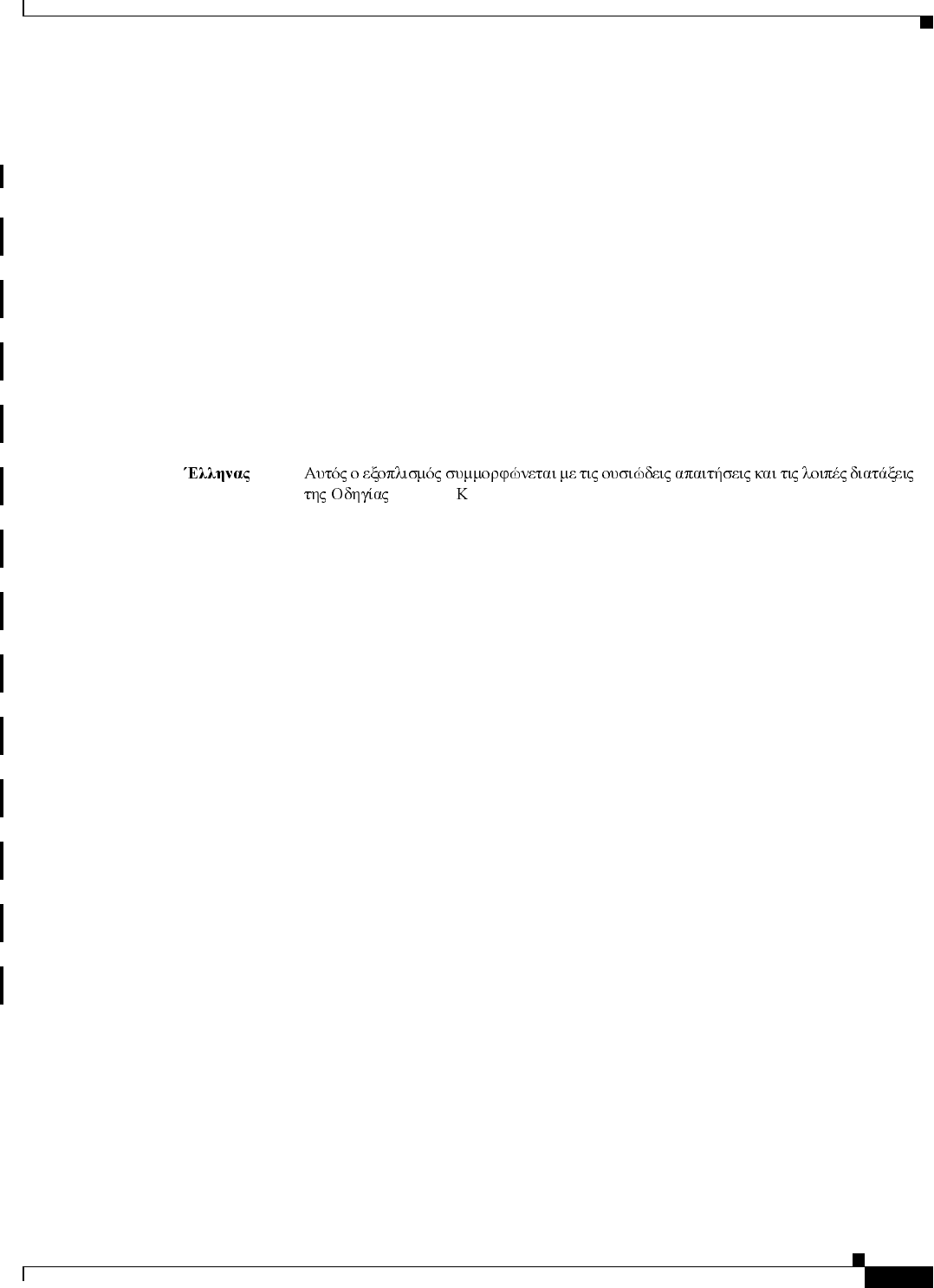
DRAFT - CISCO CONFIDENTIAL
7
Regulatory Compliance and Safety Information for the Cisco 7920 Wireless IP Phone
78-15421-01
Regulatory Compliance
European Community, Switzerland, Norway, Iceland, and Liechtenstein
Declaration of Conformity with Regard to the R&TTE Directive 1999/5/EC
For the Cisco 7920 Wireless IP Phone, the following standards were applied:
•Radio: EN 300.328
•EMC: EN 301.489
•Safety: EN 60950
English: This equipment is in compliance with the essential requirements and other relevant
provisions of Directive 1999/5/EC.
Deutsch: Dieses Gerät entspricht den grundlegenden Anforderungen und den weiteren
entsprecheneden Vorgaben der Richtlinie 1999/5/EU.
Dansk: Dette udstyr er i overensstemmelse med de væsentlige krav og andre relevante
bestemmelser i Directiv 1999/5/EF.
Español: Este equipo cumple con los requisitos esenciales asi como con otras disposiciones de
la Directive 1999/5/EC.
:
1999/5/E .
Français: Cet appareil est conforme aux exigencies essentialles et aux autres dispositions
pertinantes de la Directive 1999/5/EC.
Íslenska: Þessi búnaður samrýmist lögboðnum kröfum og öðrum ákvæðum tilskipunar
1999/5/ESB.
Italiano: Questo apparato é conforme ai requisiti essenziali ed agli altri principi sanciti dalla
Direttiva 1999/5/EC.
Nederlands: Deze apparatuur voldoet aan de belangrijkste eisen en andere voorzieningen van
richtlijn 1999/5/EC.
Norsk: Dette utstyret er i samsvar med de grunnleggende krav og andre relevante
bestemmelser i EU-directiv 1999/5/EC.
Português: Este equipamento satisfaz os requisitos essenciais e outras provisões da Directiva
1999/5/EC.
Suomalainen: Tämä laite täyttää direktiivin 1999/5/EY oleelliset vaatimukset ja on siinä asetettujen
muidenkin ehtojen mukainen.
Svenska: Denna utrustning är i överensstämmelse med de väsentliga kraven och andra relevanta
bestämmelser i Direktiv 1999/5/EC.
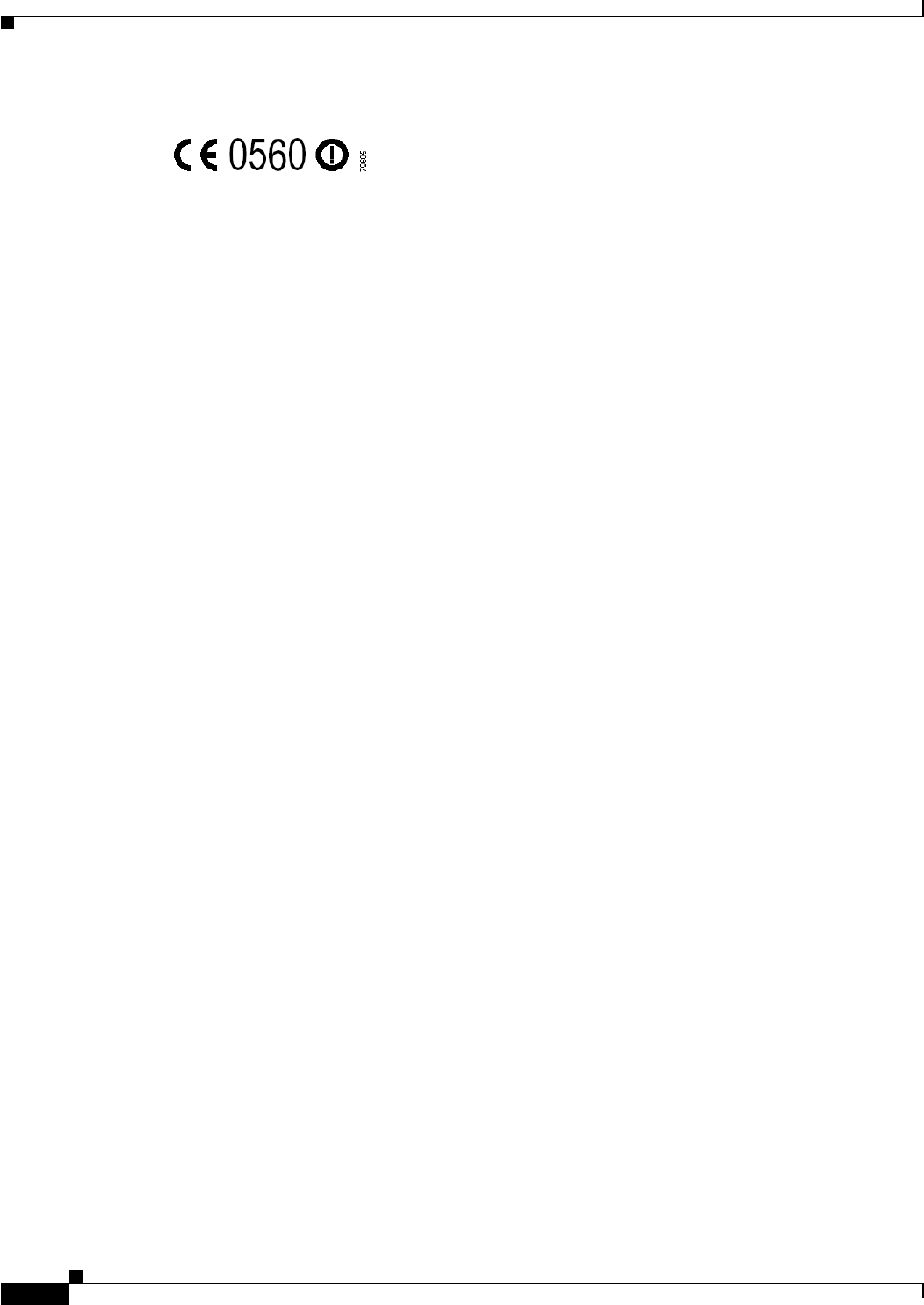
DRAFT - CISCO CONFIDENTIAL
8
Regulatory Compliance and Safety Information for the Cisco 7920 Wireless IP Phone
78-15421-01
Obtaining Documentation
The following CE mark is affixed to the Cisco 7920 Wireless IP Phone:
Obtaining Documentation
These sections explain how to obtain documentation from Cisco Systems.
World Wide Web
You can access the most current Cisco documentation on the World Wide Web at this URL:
http://www.cisco.com
Translated documentation is available at this URL:
http://www.cisco.com/public/countries_languages.shtml
Documentation CD-ROM
Cisco documentation and additional literature are available in a Cisco Documentation CD-ROM
package, which is shipped with your product. The Documentation CD-ROM is updated monthly and may
be more current than printed documentation. The CD-ROM package is available as a single unit or
through an annual subscription.
Ordering Documentation
You can order Cisco documentation in these ways:
•Registered Cisco.com users (Cisco direct customers) can order Cisco product documentation from
the Networking Products MarketPlace:
http://www.cisco.com/cgi-bin/order/order_root.pl
•Registered Cisco.com users can order the Documentation CD-ROM through the online Subscription
Store:
http://www.cisco.com/go/subscription
•Nonregistered Cisco.com users can order documentation through a local account representative by
calling Cisco Systems Corporate Headquarters (California, U.S.A.) at 408 526-7208 or, elsewhere
in North America, by calling 800 553-NETS (6387).
Documentation Feedback
You can submit comments electronically on Cisco.com. In the Cisco Documentation home page, click
the Fax or Email option in the “Leave Feedback” section at the bottom of the page.
You can e-mail your comments to bug-doc@cisco.com.
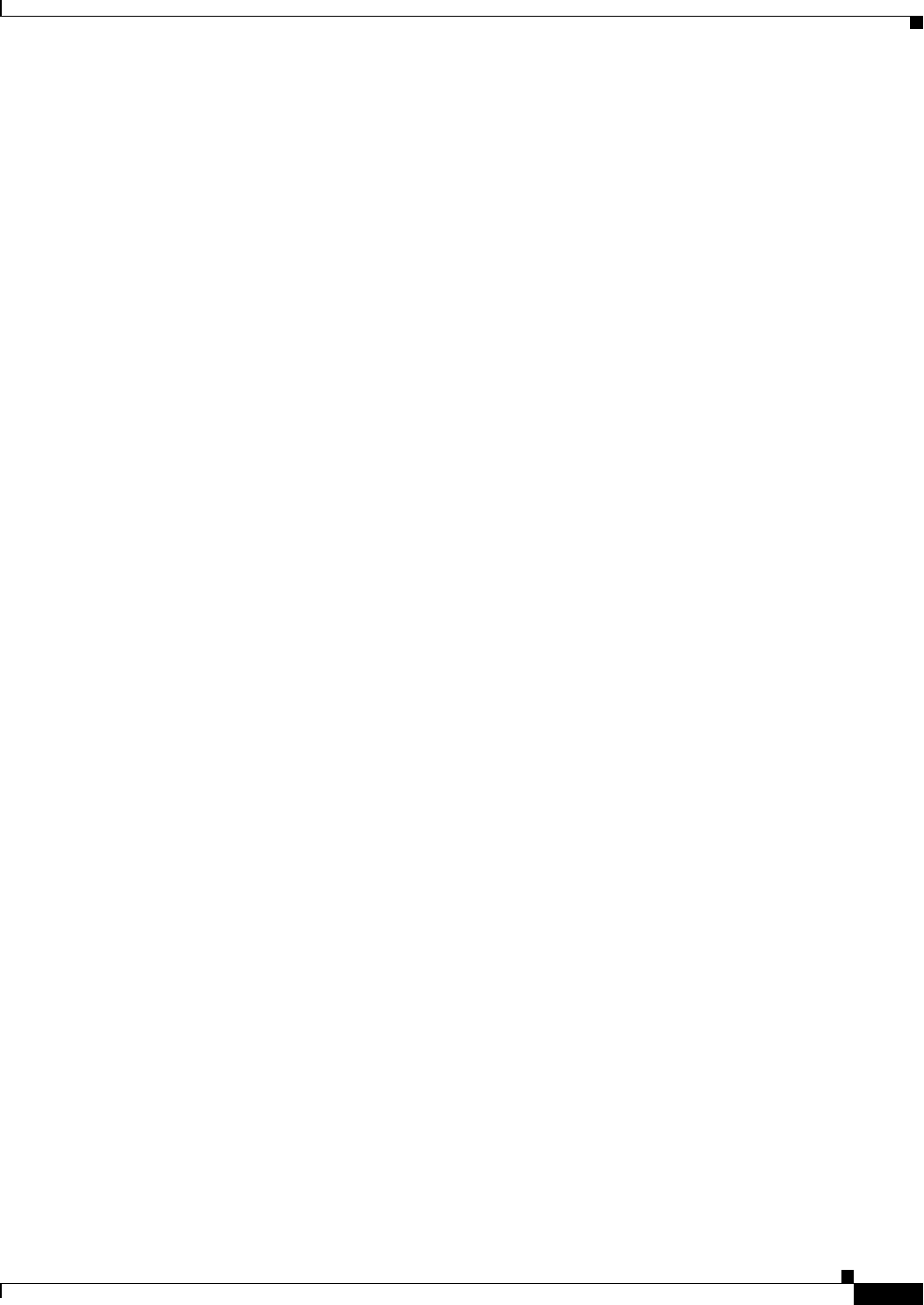
DRAFT - CISCO CONFIDENTIAL
9
Regulatory Compliance and Safety Information for the Cisco 7920 Wireless IP Phone
78-15421-01
Obtaining Technical Assistance
You can submit your comments by mail by using the response card behind the front cover of your
document or by writing to the following address:
Cisco Systems
Attn: Document Resource Connection
170 West Tasman Drive
San Jose, CA 95134-9883
We appreciate your comments.
Obtaining Technical Assistance
Cisco provides Cisco.com as a starting point for all technical assistance. Customers and partners can
obtain online documentation, troubleshooting tips, and sample configurations from online tools by using
the Cisco Technical Assistance Center (TAC) Web Site. Cisco.com registered users have complete access
to the technical support resources on the Cisco TAC Web Site.
Cisco.com
Cisco.com is the foundation of a suite of interactive, networked services that provides immediate, open
access to Cisco information, networking solutions, services, programs, and resources at any time, from
anywhere in the world.
Cisco.com is a highly integrated Internet application and a powerful, easy-to-use tool that provides a
broad range of features and services to help you with these tasks:
•Streamline business processes and improve productivity
•Resolve technical issues with online support
•Download and test software packages
•Order Cisco learning materials and merchandise
•Register for online skill assessment, training, and certification programs
If you want to obtain customized information and service, you can self-register on Cisco.com. To access
Cisco.com, go to this URL:
http://www.cisco.com
Technical Assistance Center
The Cisco Technical Assistance Center (TAC) is available to all customers who need technical assistance
with a Cisco product, technology, or solution. Two levels of support are available: the Cisco TAC
Web Site and the Cisco TAC Escalation Center.
Cisco TAC inquiries are categorized according to the urgency of the issue:
•Priority level 4 (P4)—You need information or assistance concerning Cisco product capabilities,
product installation, or basic product configuration.
•Priority level 3 (P3)—Your network performance is degraded. Network functionality is noticeably
impaired, but most business operations continue.
•Priority level 2 (P2)—Your production network is severely degraded, affecting significant aspects
of business operations. No workaround is available.
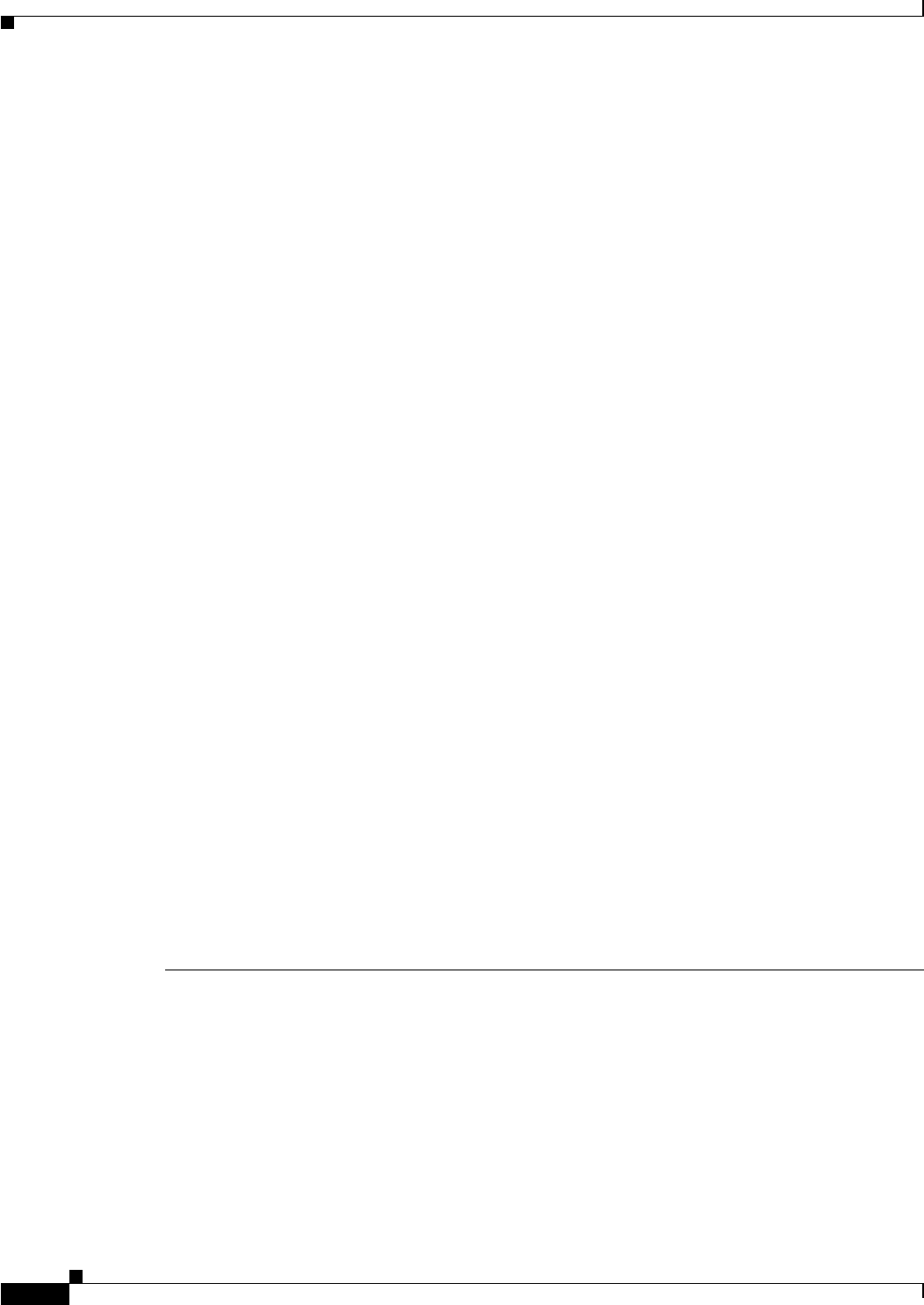
DRAFT - CISCO CONFIDENTIAL
10
Regulatory Compliance and Safety Information for the Cisco 7920 Wireless IP Phone
78-15421-01
Obtaining Technical Assistance
•Priority level 1 (P1)—Your production network is down, and a critical impact to business operations
will occur if service is not restored quickly. No workaround is available.
The Cisco TAC resource that you choose is based on the priority of the problem and the conditions of
service contracts, when applicable.
Cisco TAC Web Site
You can use the Cisco TAC Web Site to resolve P3 and P4 issues yourself, saving both cost and time.
The site provides around-the-clock access to online tools, knowledge bases, and software. To access the
Cisco TAC Web Site, go to this URL:
http://www.cisco.com/tac
All customers, partners, and resellers who have a valid Cisco service contract have complete access to
the technical support resources on the Cisco TAC Web Site. The Cisco TAC Web Site requires a
Cisco.com login ID and password. If you have a valid service contract but do not have a login ID or
password, go to this URL to register:
http://www.cisco.com/register/
If you are a Cisco.com registered user, and you cannot resolve your technical issues by using the Cisco
TAC Web Site, you can open a case online by using the TAC Case Open tool at this URL:
http://www.cisco.com/tac/caseopen
If you have Internet access, we recommend that you open P3 and P4 cases through the Cisco TAC
Web Site.
Cisco TAC Escalation Center
The Cisco TAC Escalation Center addresses priority level 1 or priority level 2 issues. These
classifications are assigned when severe network degradation significantly impacts business operations.
When you contact the TAC Escalation Center with a P1 or P2 problem, a Cisco TAC engineer
automatically opens a case.
To obtain a directory of toll-free Cisco TAC telephone numbers for your country, go to this URL:
http://www.cisco.com/warp/public/687/Directory/DirTAC.shtml
Before calling, please check with your network operations center to determine the level of Cisco support
services to which your company is entitled: for example, SMARTnet, SMARTnet Onsite, or Network
Supported Accounts (NSA). When you call the center, please have available your service agreement
number and your product serial number.
This document is to be used in conjunction with the documents listed in the Cisco 7920 Wiress IP Phone User Guide.
CCIP, CCSP, the Cisco Arrow logo, the Cisco Powered Network mark, the Cisco Systems Verified logo, Cisco Unity, Follow Me Browsing,
FormShare, iQ Breakthrough, iQ FastTrack, the iQ Logo, iQ Net Readiness Scorecard, Networking Academy, ScriptShare, SMARTnet, TransPath,
and Voice LAN are trademarks of Cisco Systems, Inc.; Changing the Way We Work, Live, Play, and Learn, The Fastest Way to Increase Your Internet
Quotient, and iQuick Study are service marks of Cisco Systems, Inc.; and Aironet, ASIST, BPX, Catalyst, CCDA, CCDP, CCIE, CCNA, CCNP,
Cisco, the Cisco Certified Internetwork Expert logo, Cisco IOS, the Cisco IOS logo, Cisco Press, Cisco Systems, Cisco Systems Capital, the Cisco
Systems logo, Empowering the Internet Generation, Enterprise/Solver, EtherChannel, EtherSwitch, Fast Step, GigaStack, Internet Quotient, IOS,
IP/TV, iQ Expertise, LightStream, MGX, MICA, the Networkers logo, Network Registrar, Packet, PIX, Post-Routing, Pre-Routing, RateMUX,
Registrar, SlideCast, StrataView Plus, Stratm, SwitchProbe, TeleRouter, and VCO are registered trademarks of Cisco Systems, Inc. and/or its affiliates
in the U.S. and certain other countries.
All other trademarks mentioned in this document or Web site are the property of their respective owners. The use of the word partner does not imply
a partnership relationship between Cisco and any other company. (0301R)
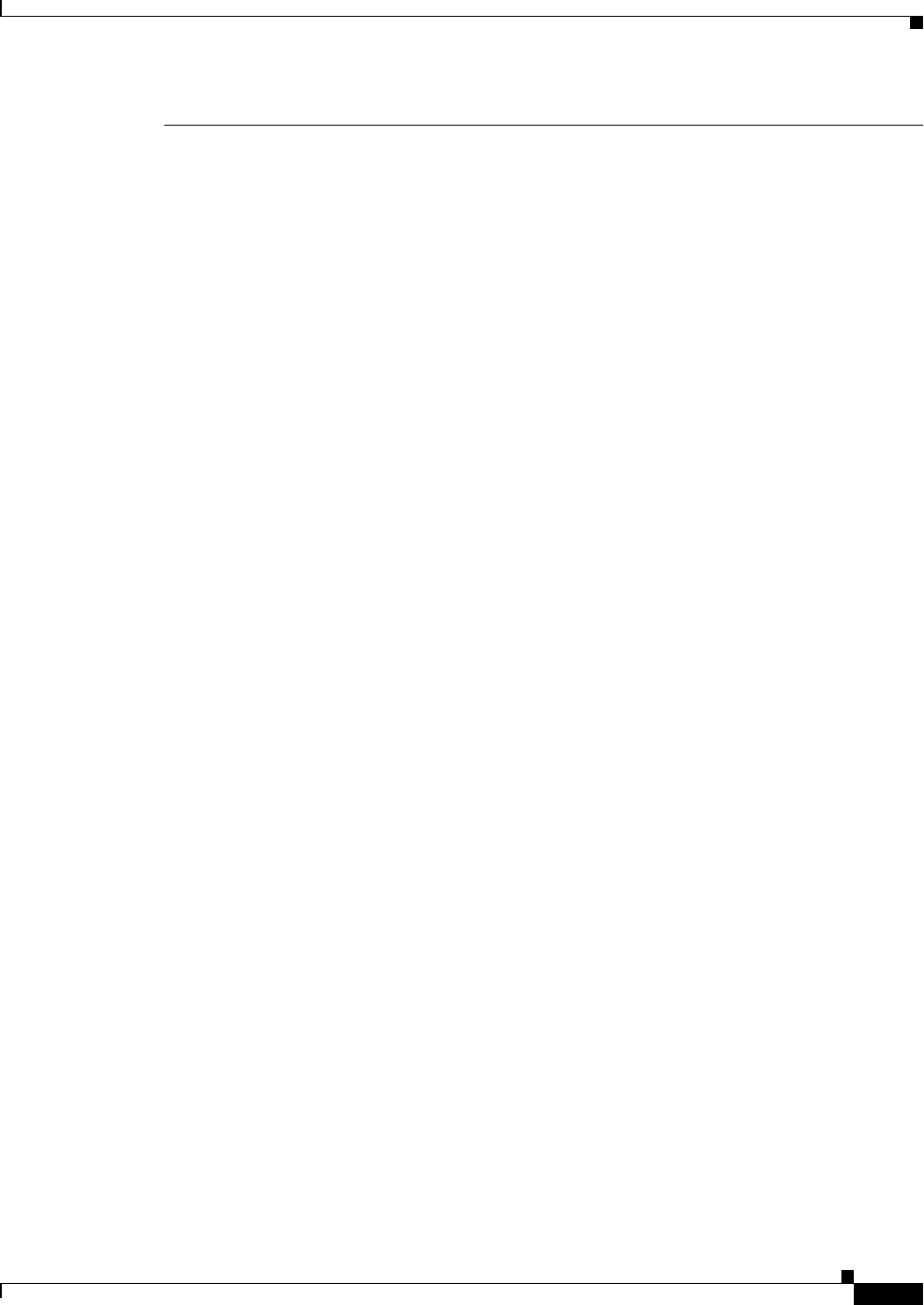
DRAFT - CISCO CONFIDENTIAL
11
Regulatory Compliance and Safety Information for the Cisco 7920 Wireless IP Phone
78-15421-01
Obtaining Technical Assistance
Copyright © 2003 Cisco Systems, Inc. All rights reserved.
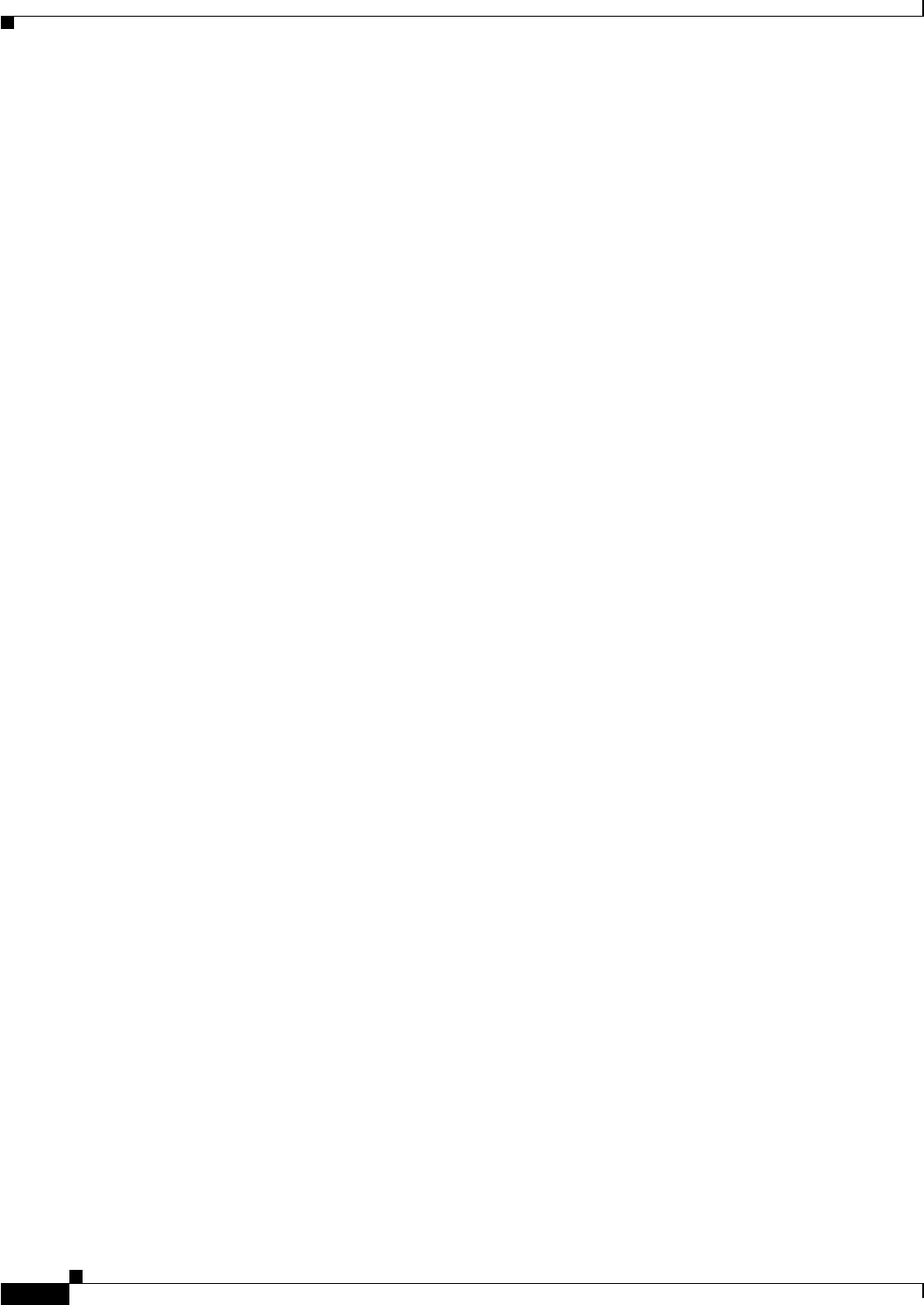
DRAFT - CISCO CONFIDENTIAL
12
Regulatory Compliance and Safety Information for the Cisco 7920 Wireless IP Phone
78-15421-01
Obtaining Technical Assistance